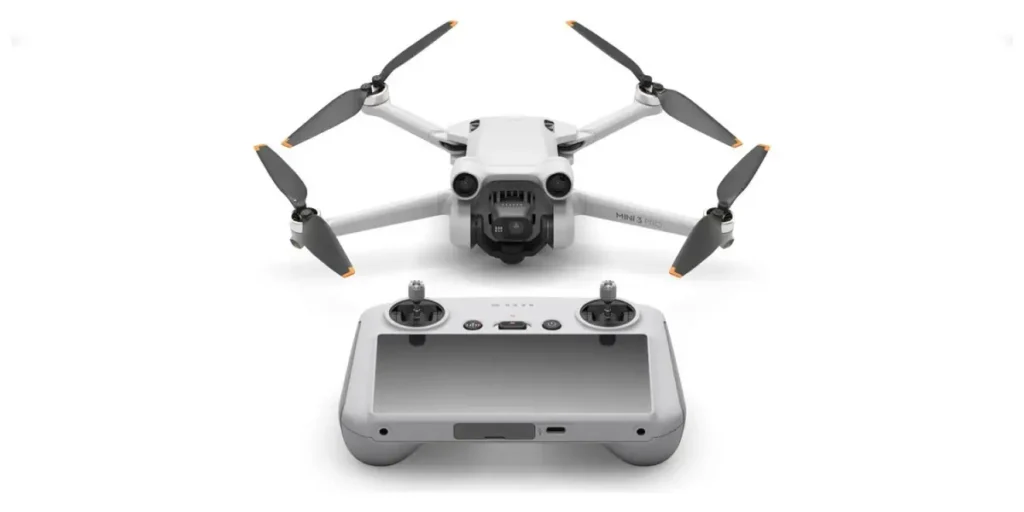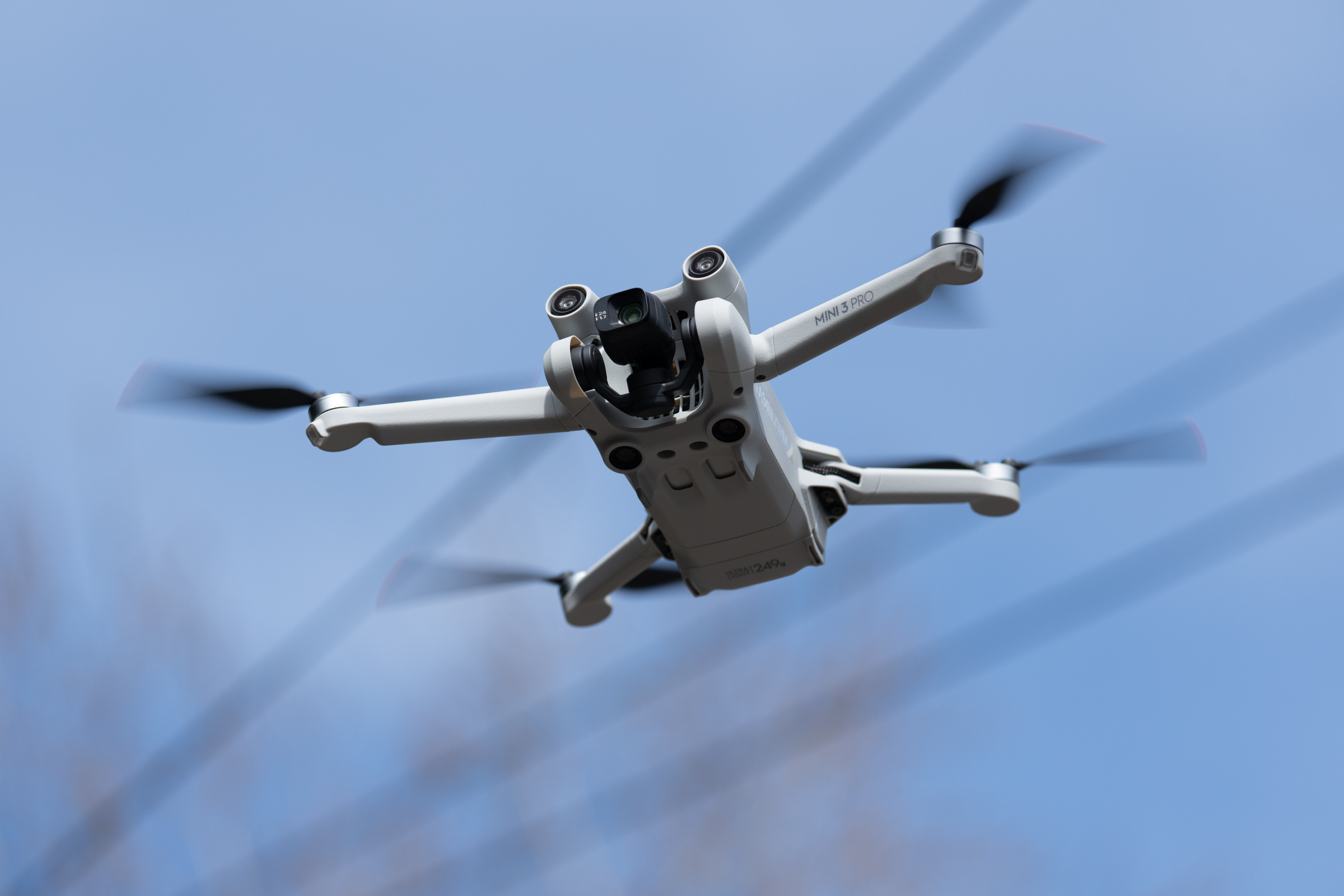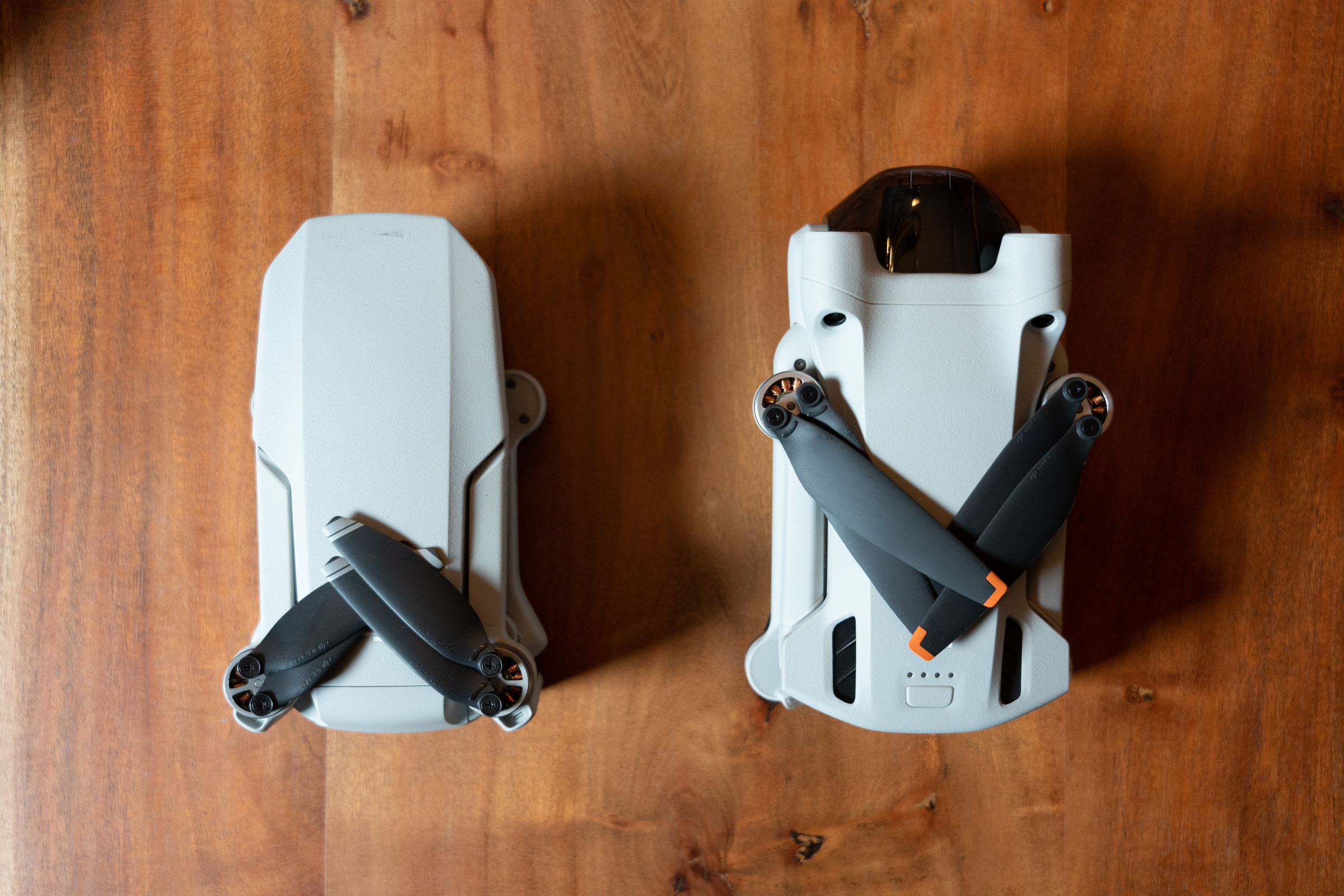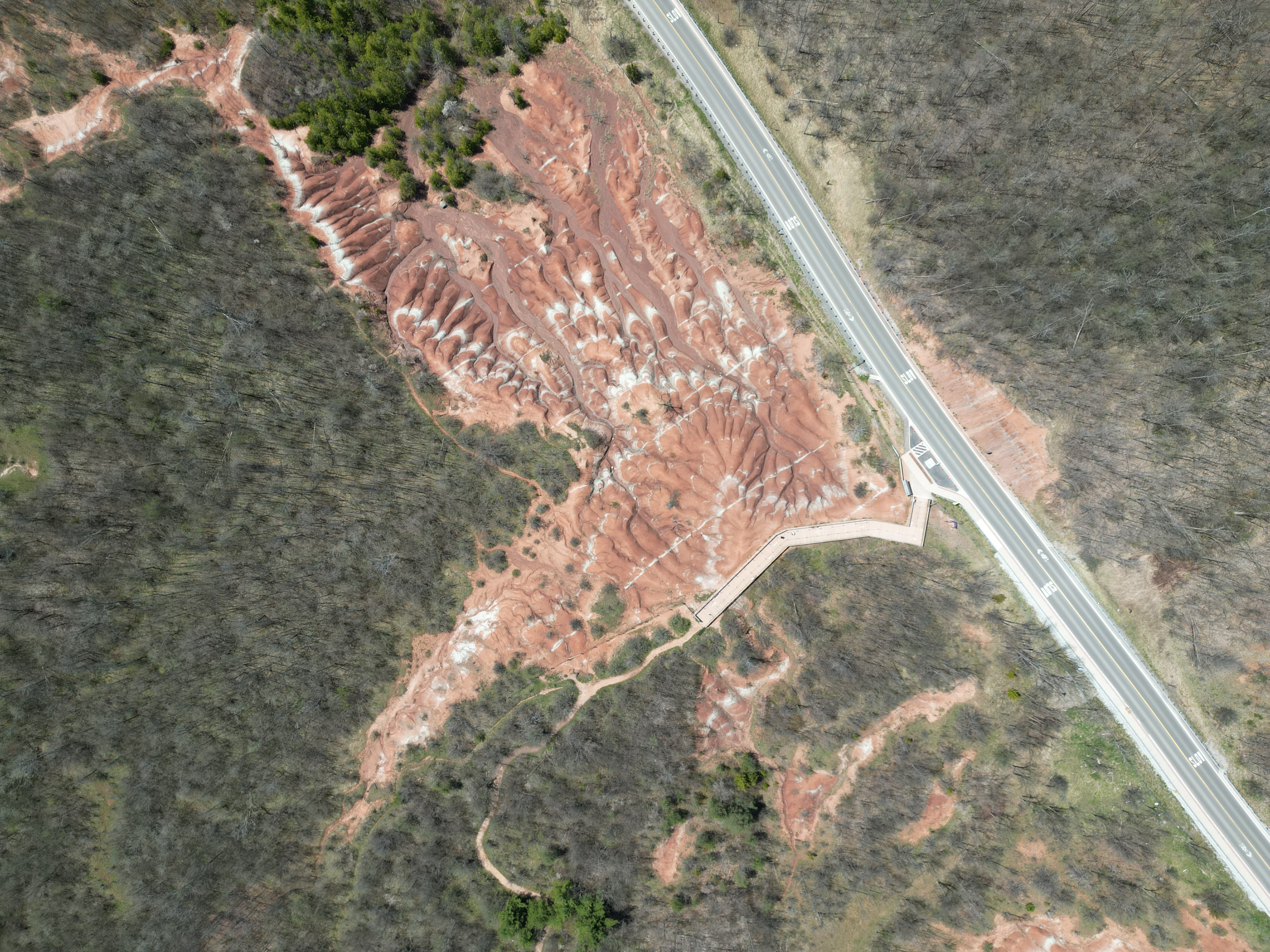
The sub-250 g aircraft brings size, ingenuity and detail at a reasonable price
The DJI Mini 3 Pro is still young enough to make a name for itself, but it is slightly larger than its previous duplication. While the drone weighs up to 249 grams with a standard battery pack included, the wings are generally much larger than the original Mini, in particular, when the arms are extended to run. This provides additional control over the aircraft, and not only changes the drone profile when folded for carrying, so it is an acceptable design transaction.

DJI not only refined the aerial engineering here, they also packed an impressive 1 / 1.3 inch sensor in the Mini 3 Pro, capable of capturing up to 48 MP in RAW format, and recording video in 4K high quality. up to 60 fps, with slow mode capturing 120 fps videos in full HD resolution (1080p).
The “Pro” also works with formats offered in the Mini 3 Pro: You can record video in D-Cinelike mode, which provides a wealth of color information to adjust your video’s color combination to your liking later in programs such as DaVinci Solution. This can give you an amazing cinema look if you think it comes with a small plane that easily fits in a jacket pocket.
Another feature of the “Pro” is DJI introduced in this size category for the first time: obstacle detection and avoidance. The Mini 3 Pro gets the company’s Advanced Pilot Assistance Systems 4.0, which means it is less likely to climb a tree to get it back because it is stuck in other branches.
At first glance, the Mini 3 Pro does not deviate much from the DJI route that was tested and tested for drone construction; it is a four-wheel-drive aircraft, most of which are composed of that central body, with flexible arms and a strong integrated gear. There are major obvious changes compared to the previous Minutes, however, including the front of the drone, where the standard bulbous overhang covering the camera creates a hammerhead-like look-straight camera with gimballed 24. mm-equivalent, camera -f / 1.7 below.

Note here about controller options – the Day 3 Pro comes with an automatic RC-N1 controller (although there is an option under control and saves a few dollars if you already have one), which is a good controller. your right, but what you need is to give the viewer a look in the form of your connected smartphone. The DJI RC package comes with that brand new controller, and if you’re on the phone, you should get the following: The DJI RC has a built-in display, and actually uses an integrated Android phone to work. DJI Fly app. It is a highly integrated and well-designed device, with good display quality and minimal headache when it comes to wiring with smartphone hardware connectors. More about DJI RC in the next section.
I have captured the image quality of the DJI Mini 3 Pro and filmed a few times, but in case it is not clear: This is more than just delivery.
The 48-megapixel images provide new levels of detail and print options, and RAW photography means you can get the most out of your still photography when you edit behind the scenes in programs like Lightroom. The images also have very little sound as they have been since the previous version of the Mini, due to the large sensor and the large pixel size in the sensor itself. Low light photography has never been a particular strength for these drones, but DJI has done a good job of prioritizing the development in that area in the Mini 3 Pro, and it shows.

You can adjust the settings such as how fast the camera runs to filter the final product and compensate for the movement of the fun sticks, but out of the box the DJI Mini 3 Pro seems tuned to produce great results for a wide range of users.
As mentioned, the DJI RC control option also really enhances the game in terms of real drone flying experience. My main DJI drones head in the past was a very unusual thing to connect a smartphone to a controller, to make everything work smoothly and solve a good catch. DJI RC transforms that into a truly “functional” experience, and you can connect the controller to any WiFi network (which includes using the phone as a modem in your local phone) to keep both it and the current flight with firmware and aircraft. block maps. Photo quality and live video feeds are bright and excellent, visible even in direct sunlight, and it is not something you can stop once you have seen it.
Along with the increase in performance, the latest DJI Mini Drone has also received significant price strikes: The DJI Mini 3 Pro starts at $ 669, and that has no remote control. For $ 759 you will get a Mini 3 Pro and RC-N1 (which requires you to carry your phone). The best option is the most expensive, but I think that is what most people should consider – that is the DJI Mini 3 Pro and DJI RC for $ 909.
Monday – Saturday:
11:30 AM – 9pm
Copyright © 2025. All Rights Reserved.
Website Powered By DABBS Solutions Pvt. Ltd.
Social Chat is free, download and try it now here!